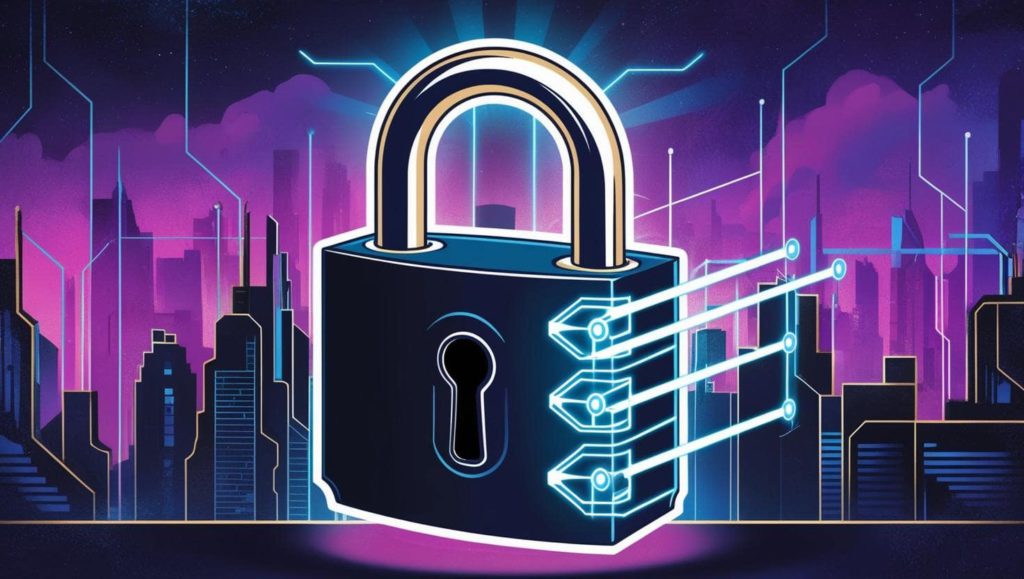With cyberattacks and phishing scams on the rise, keeping your online accounts safe has never been more important. Whether you’re managing social media, emails, or business platforms, knowing how to protect your account from being hacked is essential.

Why account security matters
Getting hacked can lead to:
- Loss of personal or sensitive data
- Identity theft
- Unauthorised purchases or activity
- Damaged reputation, especially for public figures or businesses
- Loss of access to your accounts
Prevention is far easier than recovery — and with a few simple steps, you can greatly reduce your risk.
1. Use a strong, unique password
Your password is your first line of defence. Make sure it’s:
- At least 12 characters long
- A mix of uppercase, lowercase, numbers, and symbols
- Not a variation of your name, birthday, or “password123”
Avoid reusing passwords across multiple accounts — if one account is compromised, others could be at risk.
🛠 Tip: Use a password manager like 1Password, Bitwarden, or LastPass to generate and store complex passwords securely.
2. Turn on two-factor authentication (2FA)
Two-factor authentication adds an extra layer of protection by requiring a second step — usually a code sent to your phone or an app — when logging in.
Most major platforms support 2FA, including:
- Instagram, Facebook, Twitter/X
- Gmail, Outlook, Apple ID
- Banking and finance apps
Whenever possible, use an authenticator app (like Google Authenticator or Authy) instead of SMS, which can be more vulnerable.
3. Watch out for phishing attempts
Phishing is one of the most common ways hackers gain access to accounts. Be cautious of:
- Emails or DMs asking for login info
- Fake “security alerts” that link to dodgy websites
- Suspicious login pages that mimic real platforms
🧠 Rule of thumb: If you didn’t request it, don’t click it. Always double-check the sender’s email address or URL before taking action.
4. Keep your devices secure
Hackers often get in through compromised devices. Protect yours by:
- Installing software updates regularly
- Using antivirus or anti-malware tools
- Locking your phone or computer with a passcode or biometric security
- Avoiding public Wi-Fi for sensitive tasks (or using a VPN)
5. Monitor login activity
Many platforms let you see where and when your account has been accessed. Regularly check this in your account settings to spot anything unusual.
If you see something you don’t recognise:
- Log out of all sessions
- Change your password immediately
- Turn on 2FA if it’s not already enabled
6. Be cautious with third-party apps
Giving apps access to your accounts can be risky — especially if they’re not from trusted developers.
Only connect apps or services you genuinely need, and review permissions regularly to remove anything you no longer use.
So, how do you protect your account from being hacked? Start with a strong password, enable two-factor authentication, and stay alert to phishing and suspicious activity. Keeping your devices secure and being careful with app permissions are also key.
Online security isn’t just for tech experts — with the right habits, anyone can keep their accounts safe.



